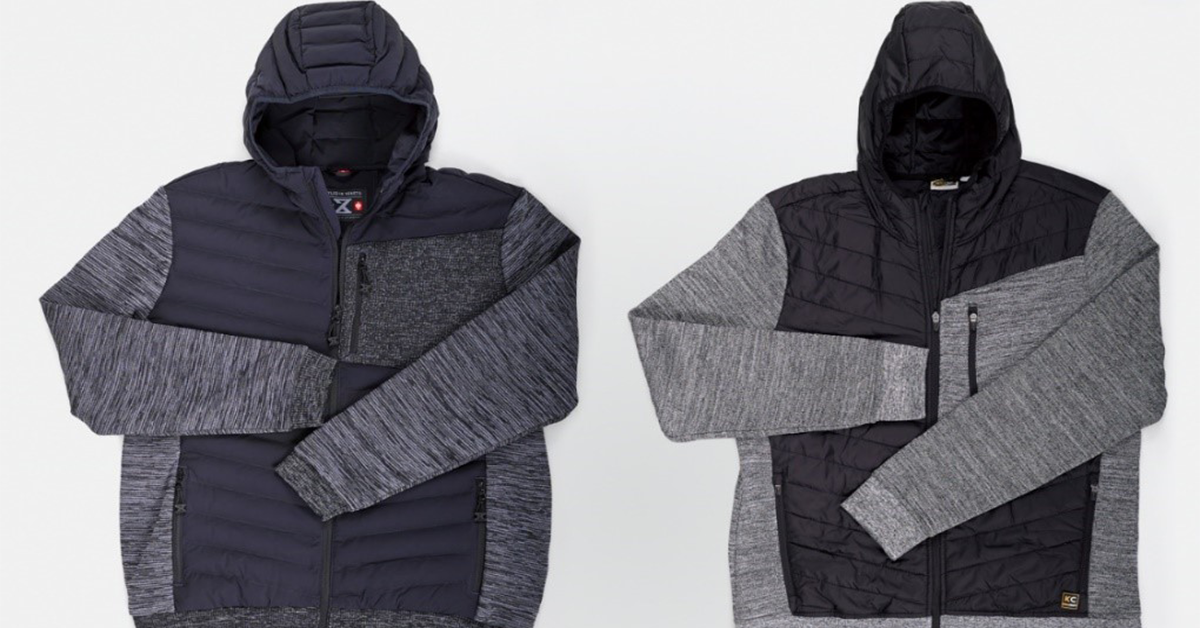
01 Feb Fashion: inspiration or imitation?
Fashion is constantly renewed, even within the same season the cuts, prints, colors, etc. change.
Behind these trends there is an intense work of inspiration, a stimulus that encourages the creative work. But how are these results protected? And, in case of imitation, what can their creators, designers and companies in the sector do?
Among intellectual property rights, design is the ideal modality for fashion items, since it protects the appearance of the whole or a part of a product, whether this results from its features (such as lines, colours, textures, etc.) or its ornamentation. There are other rights that can also, independently, cumulatively, and compatibly with the design, protect the product or part of it, such as trademark or copyright, but we will refer here only to designs.
In the European Union there are two types of design protection.
The unregistered Community design, which is intended for products that have a very short commercial life, and therefore grants a shorter protection, of three years. As its name suggests, it does not require a registration process, so it does not entail any cost, and its protection begins – if the design is new and has individual character – when the product with that design is made available to the public in the EU.
The registered Community design, foreseen for products with a longer commercial life, such as industrial products, confers long-term protection, five years from the filing of the application, renewable up to twenty-five. It is obtained after a registration process.
Given the ephemeral nature of the season, in the fashion sector and except for some items that can become long-lasting icons, most choose not to register their items as a design and rely on the protection of the unregistered Community design.
We will illustrate an example, corresponding to a distinction awarded in 2021 at the Plagiarius awards [1]. These prizes are given to the most obvious copies detected each year on the market. These are the following jackets:
Original (left): from the German company Engelbert Strauss (hereinafter Engelbert).
Imitation (right): from the well-known supermarket chain ALDI (hereinafter Aldi).
The original Engelbert jacket has protection corresponding to an unregistered Community design. The Aldi jacket is marketed at a lower price and, as suggested in the presentation of the aforementioned awards, that is reflected in the quality.
So, can the creator of the original jacket prevent the other jacket from being sold?
There is a song of a Spanish group that says, “It depends… on what does it depend?”
“Depending on how you look at it, it all depends“[1]. Well, in this case, not all but a lot, depends on whether one and the other jacket, compared visually, produce the same overall impression. That is the legal criterion for distinguishing inspiration from imitation.
In this case, Aldi adopted almost in the same proportion the concept and material mix of the Engelbert jacket: both jackets have stretch melange knit on sleeves and sides; quilted areas on the hood and torso; and the same vertical zippered knit pocket on the left chest.
An important nuance: the comparison between the original and the imitation must be made, not feature by feature, but globally, attending to the overall impression; and not from the perspective of any consumer, but of a fictitious person -called “informed user”- who, without being a designer or a person skilled in the art, has some knowledge of the existing design corpus in the sector in question, in this case fashion; and also considering the degree of freedom of the designer, which is very broad in this case.
But, in addition and no less important, for the protection conferred by the unregistered Community design to be effective, Aldi’s jacket must not be the result of an independent creation. This means that, before a Judge, Aldi must show that its jacket has been designed “by an author who could reasonably be thought not to have known the disclosed design”.
How was the case resolved? The Plagiarius website states the following: “Aldi sees no design infringement but wanted to talk to Engelbert (this has not happened to date)”.
In short, the owner of the unregistered Community design has a right not to be copied, which is not an absolute right of exclusion, so each case must be assessed individually.
Author: María Ceballos
- Artist: Jarabe de Palo. Album: “Depende”. Releasing date: 1998. Genre: Pop




